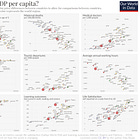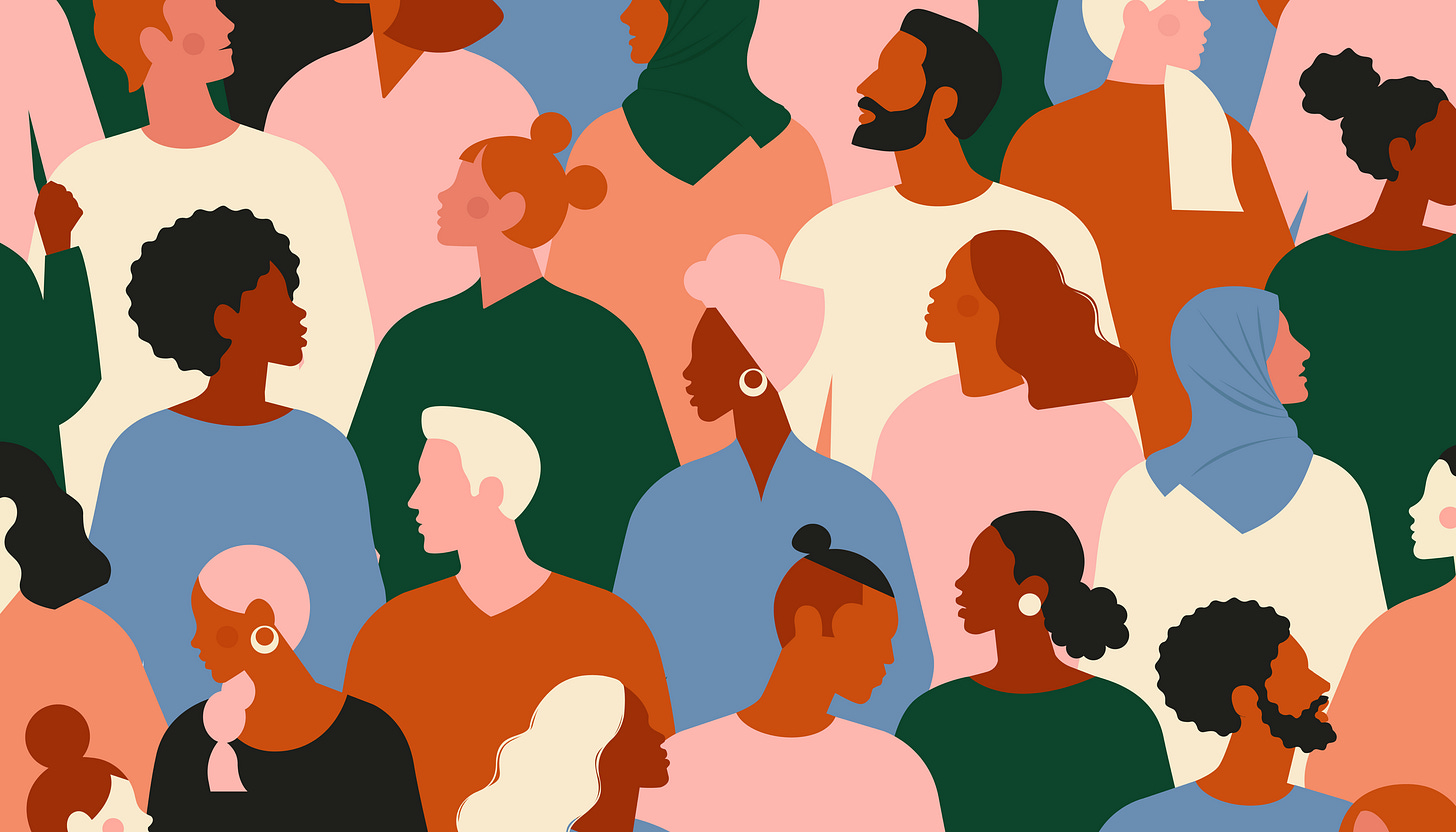#15 Why "forced diversity" fails
The approach corporations are taking to improve gender diversity is not only flawed but wrong
Welcome to 3X, the publication about living a meaningful life, read by 3,000 people every week
Logic
Despite recent anti-woke backlash, the case for diversity is clear: diversity of opinions adds business value and there’s of course a strong moral argument for it.
Yet, so far, the progress is slow and the approach most companies are taking today is not only flawed but wrong.
In figures
22%: women in C-Suite in 2018
28%: women in C-Suite in 2023
48%: women in entry-level positions
62%: share of women in finance degrees
30%: share of women in engineering degrees
The real issues
Many claim that the problem lies in women not being ambitious enough. Or in their more prominent role in taking care of the family. Although there might be some truth to it, societal norms are not the most relevant issue. Study after study reveals that women today are as ambitious as men.
So where does the issue lie? Not in women, but in the systems that surround them:
Systemic biases
Systemic underrepresentation
Systemic biases
When asked about diversity in their organization, most people will say, "I treat everyone equally." However, cultural stereotypes and values often favor traits typically associated with men (e.g., aggressiveness or assertiveness versus empathy). These unconscious biases, or in extreme cases, microaggressions, create barriers to true equality.
Companies typically address this cultural issue with command-and-control mechanisms: bias-avoidance hiring tests, mandatory training, or quotas. The problem? Telling somebody what to do is the easiest way to get someone to do the opposite. And, of course, quotas can lead to place diversity over talent.
These initiatives might help you talk, but won't make you walk.
Like any cultural shift, the solution lies in empowerment, not control—in convincing people to change voluntarily. "I chose to show up, so I must be pro-diversity."
How can this be achieved? By raising awareness, exposing key leaders to diverse teams or profiles (e.g., mentoring), developing voluntary training or activities (e.g., college recruiting programs), and fostering social accountability (e.g., transparency in diversity rates by department).
Just as you can't force retention or engagement, you can't force diversity into an organization.
Systemic underrepresentation
A 2019 study revealed that 42% of Fortune 100 CEOs have a STEM (Science, Technology, Engineering, and Mathematics) background. However, with women comprising only about 30% of STEM graduates, the chances of finding female CEOs or Board Members remain low.
The solution lies in challenging the boundaries of a non-diverse system. This involves nurturing the pipeline at every stage: from proactive college recruiting and promoting diverse candidates in interviews to developing programs for top female talent.
Focus on the inputs, not the outputs. Change the system, not just the targets.
Time
Many companies resort to shortcuts. They set quotas, impose cultural changes, and aim for equality of outcomes instead of opportunities. This approach isn't just unwise and unsustainable—it's dangerous for business.
Systemic issues demand systemic solutions. And systemic action, whether we like it or not, requires time and effort.
As the African proverb wisely states: "If you want to go fast, go alone. If you want to go far, go together."
Food for thought: diverse diversity
Gender diversity is paramount. It's likely our generation's most crucial social issue, and where most companies are directing their efforts today.
But diversity extends far beyond gender, race, sexual orientation, or any physical attribute.
True diversity encompasses differences in thinking, perspectives, and experiences—essential elements for fostering creativity, innovation, and effective problem-solving. This is the diversity that creates real business value.
While focusing on physical diversity is logical (since, generally speaking, women think similarly among themselves and differently from men), more measurable and a way to address a deep social injustice, we must ask ourselves:
Are we taking diversity at “face value”? Are we oversimplifying a profoundly complex issue? Should we instead be striving for cognitive diversity?
Related posts






